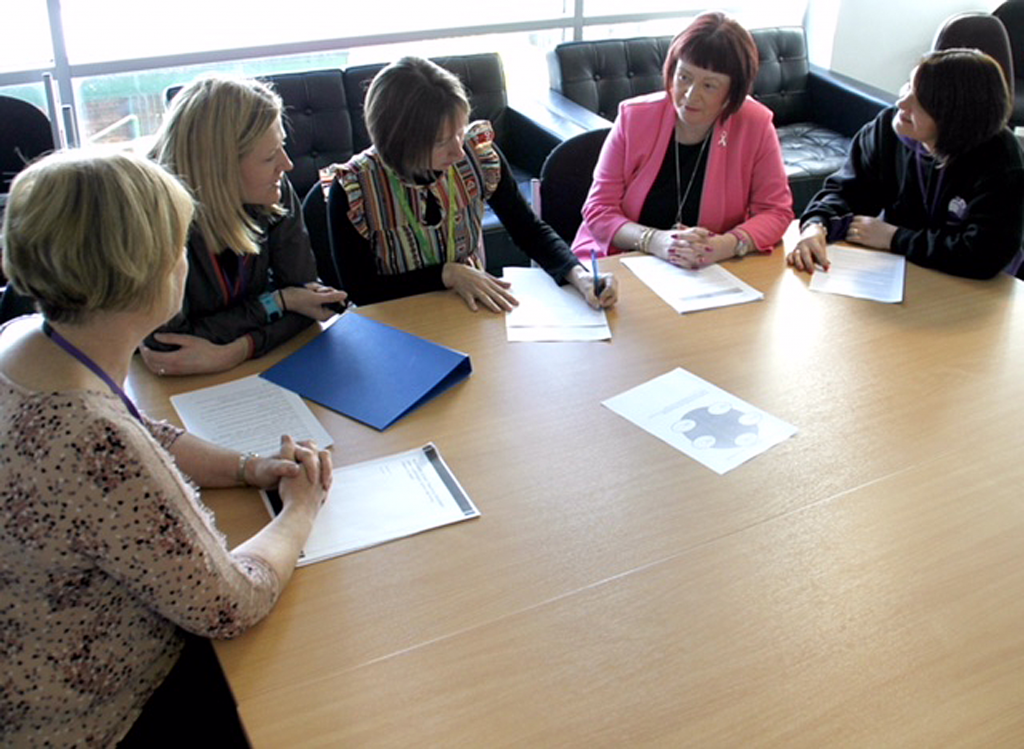
A project designed to establish peer group supervision for teaching assistants (TAs) at Rumworth School, a secondary special school in the North West of England, has shown important outcomes which can be applied in all schools.
The school is an 11-19 provision for up to 240 young people with learning difficulties and additional needs. The complex SEND catered for by the school includes moderate learning difficulties, severe learning difficulties, complex needs, autistic spectrum conditions, hearing impairment, visual impairment, physical disability and social, emotional and mental health needs.
Background
The project was conceived as a means of supporting TA practice in the challenging environment of special education. The model of implementation is based on action learning (Jarvis, 2010) so enabling TAs to develop supervision skills and knowledge that prepares them for participating in and facilitating peer group supervision.
Peer group supervision (PGS) is an effective means of supporting professional development and learning and can be described as:
“a structured, supportive practice in which colleagues, in pairs or in groups, use their professional knowledge and relationship expertise to monitor practice and effectiveness on a regular basis for the purpose of improving our practice and facilitating professional development” (Wilkerson, 2006, p. 62).
Group supervision is one of a range of models employed within health and social care by nurses, counsellors and psychotherapists used to advance critical reflection on practice (Proctor, 2008). Group supervision has been found to generate benefits in healthcare settings such as providing opportunities for learning and establishing common ground between participants and sharing of different perspectives (Bogo et al 2011; Buus et al., 2011). Provision of support has been cited as a positive outcome (Lakeman and Glasgow 2009) and group supervision is identified as a means of dealing with emotion (Taylor, 2013). Conversely, risks of group supervision have been highlighted such as creating role confusion (Bogo et al., 2011) and perhaps most significant, the potential for group composition and dynamics to negatively impact supervisory relationships within the group (White and Winstanley, 2010;Brink et al., 2012).